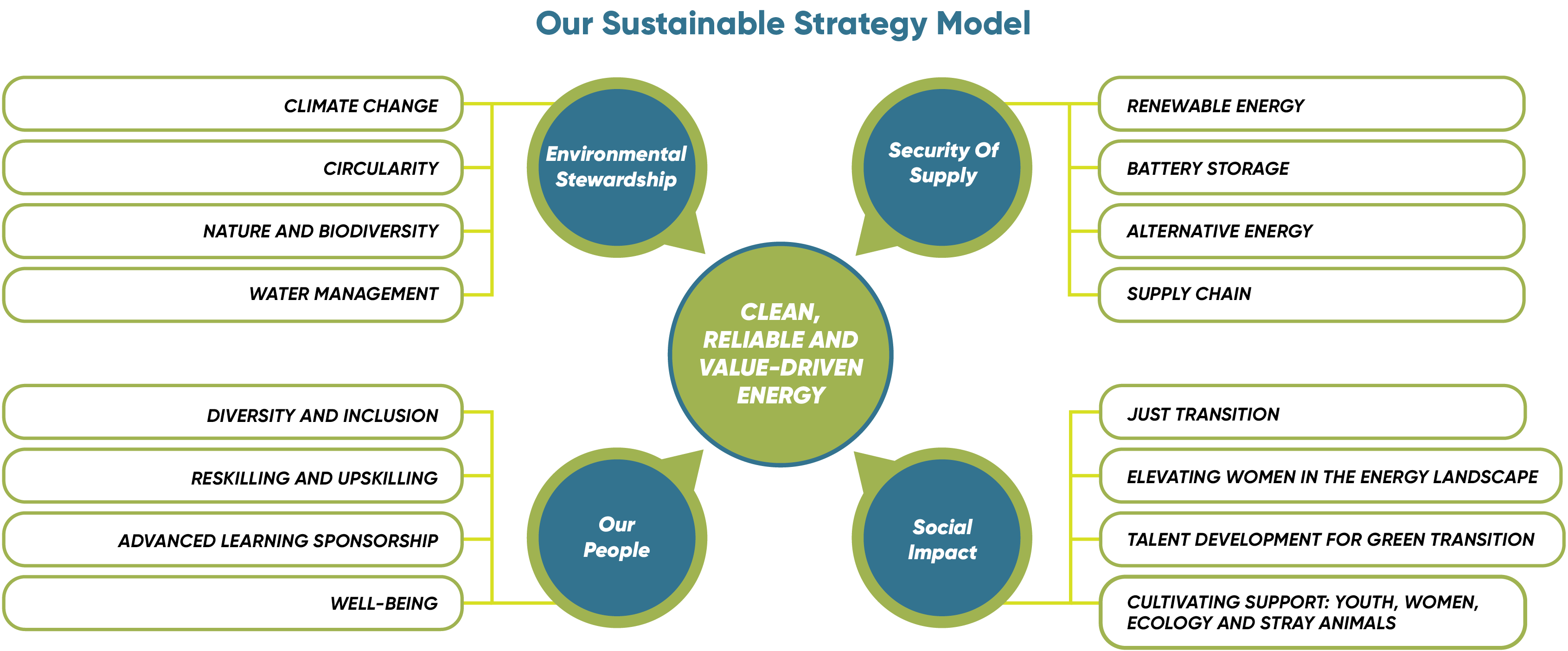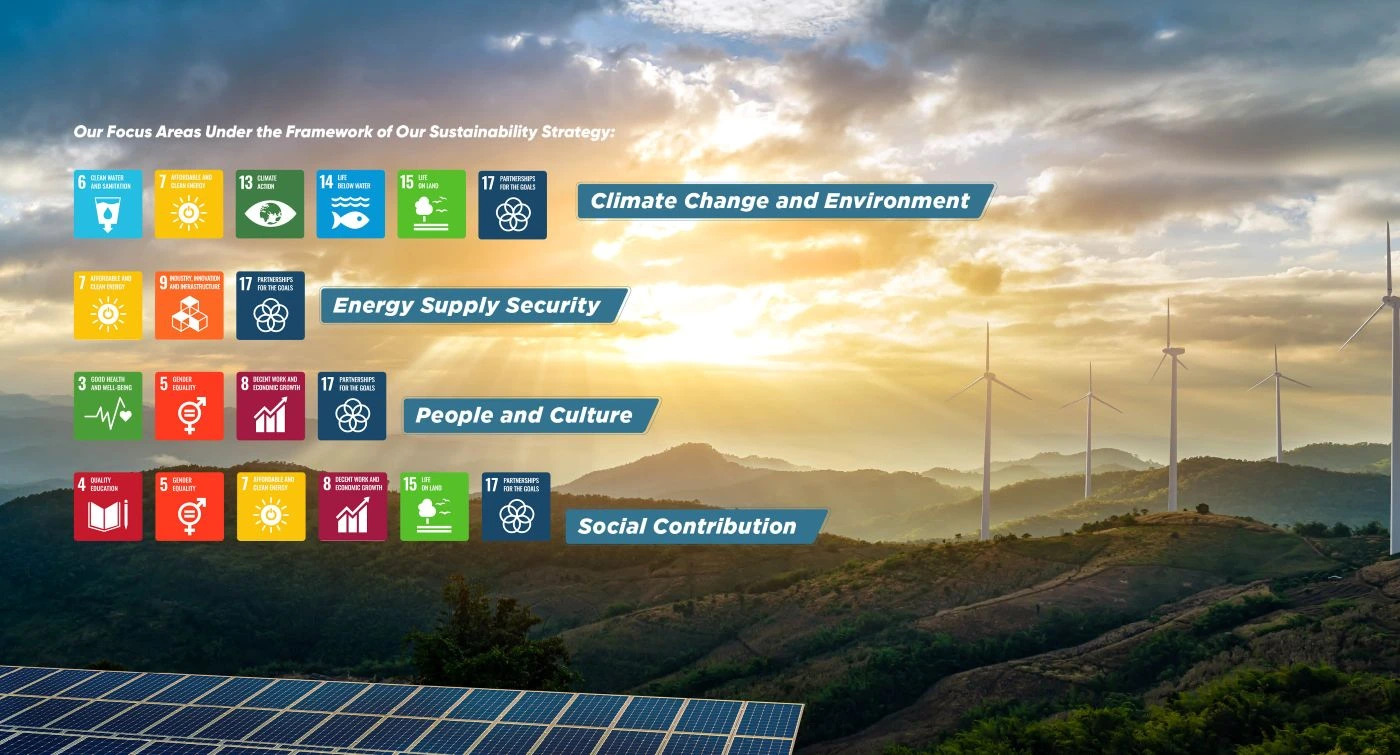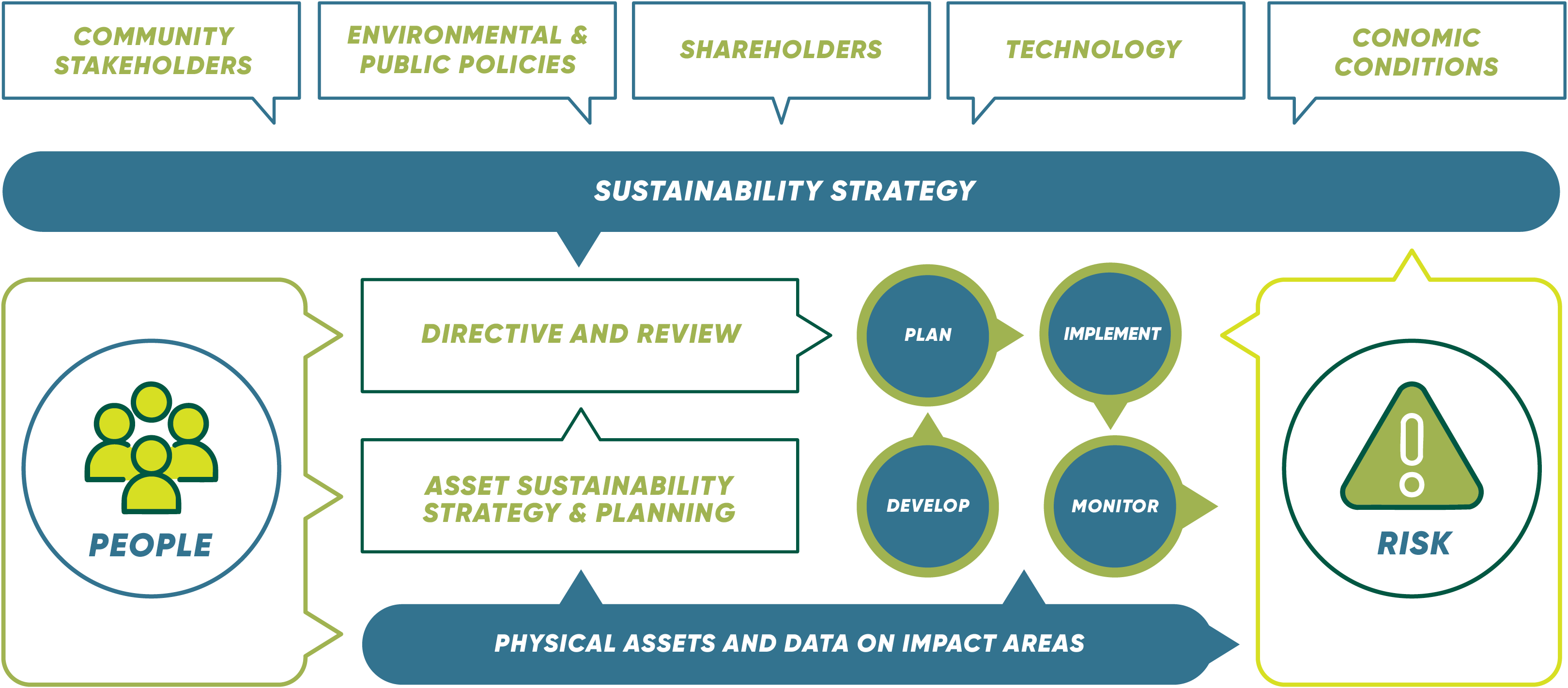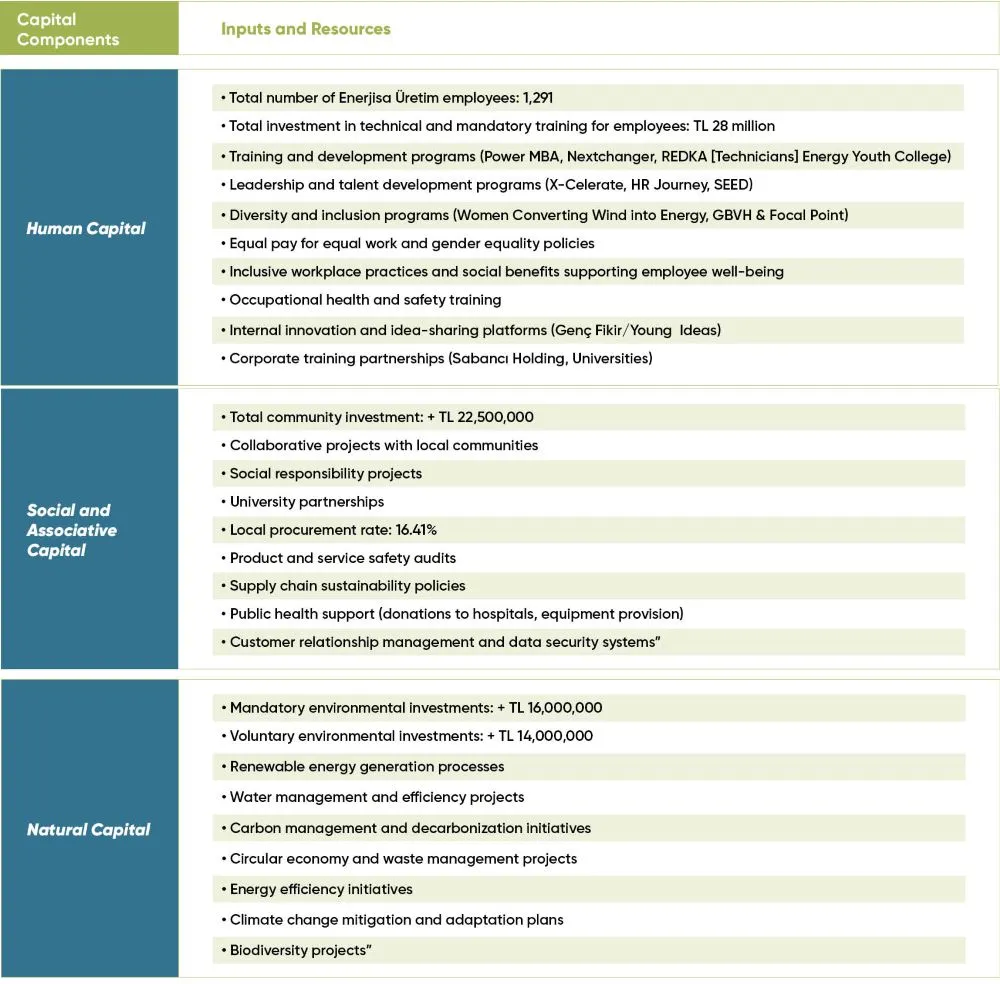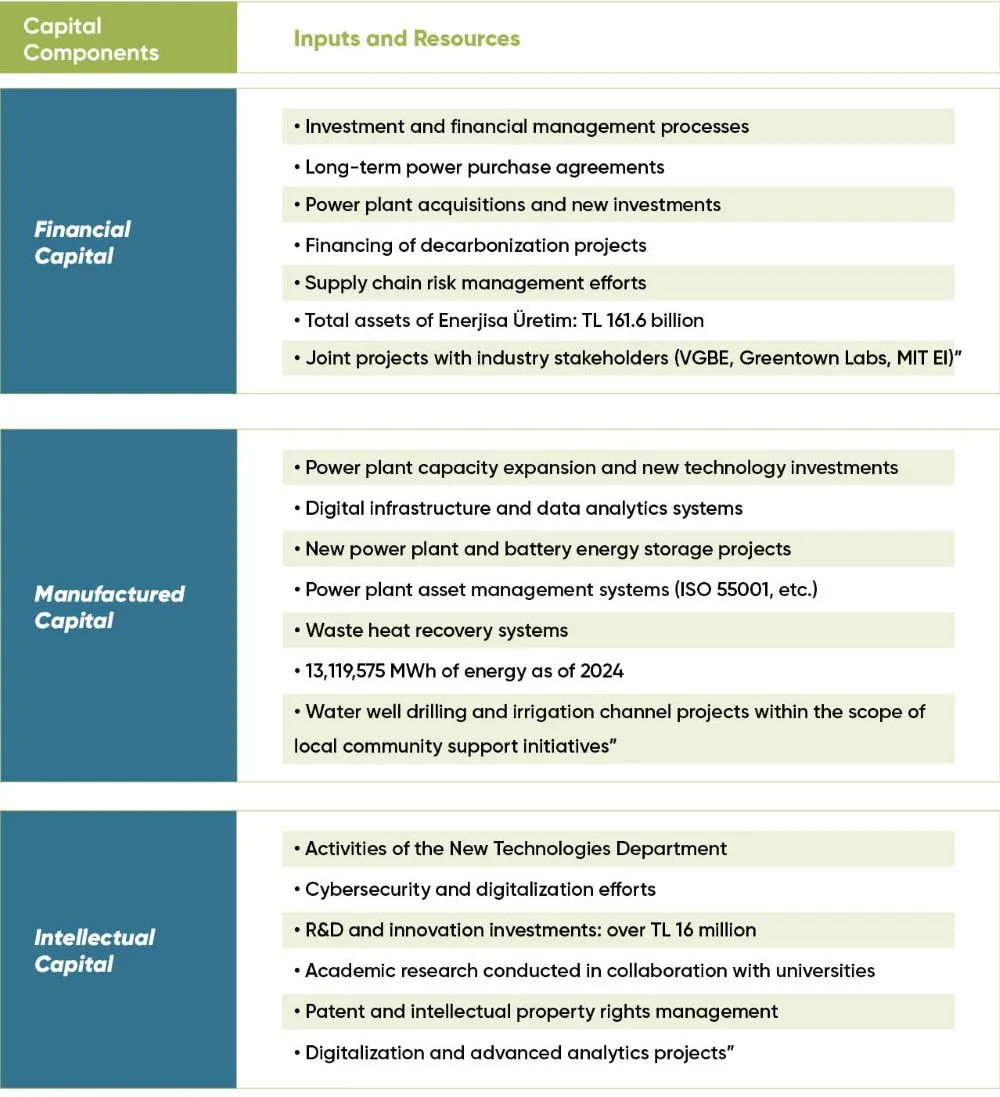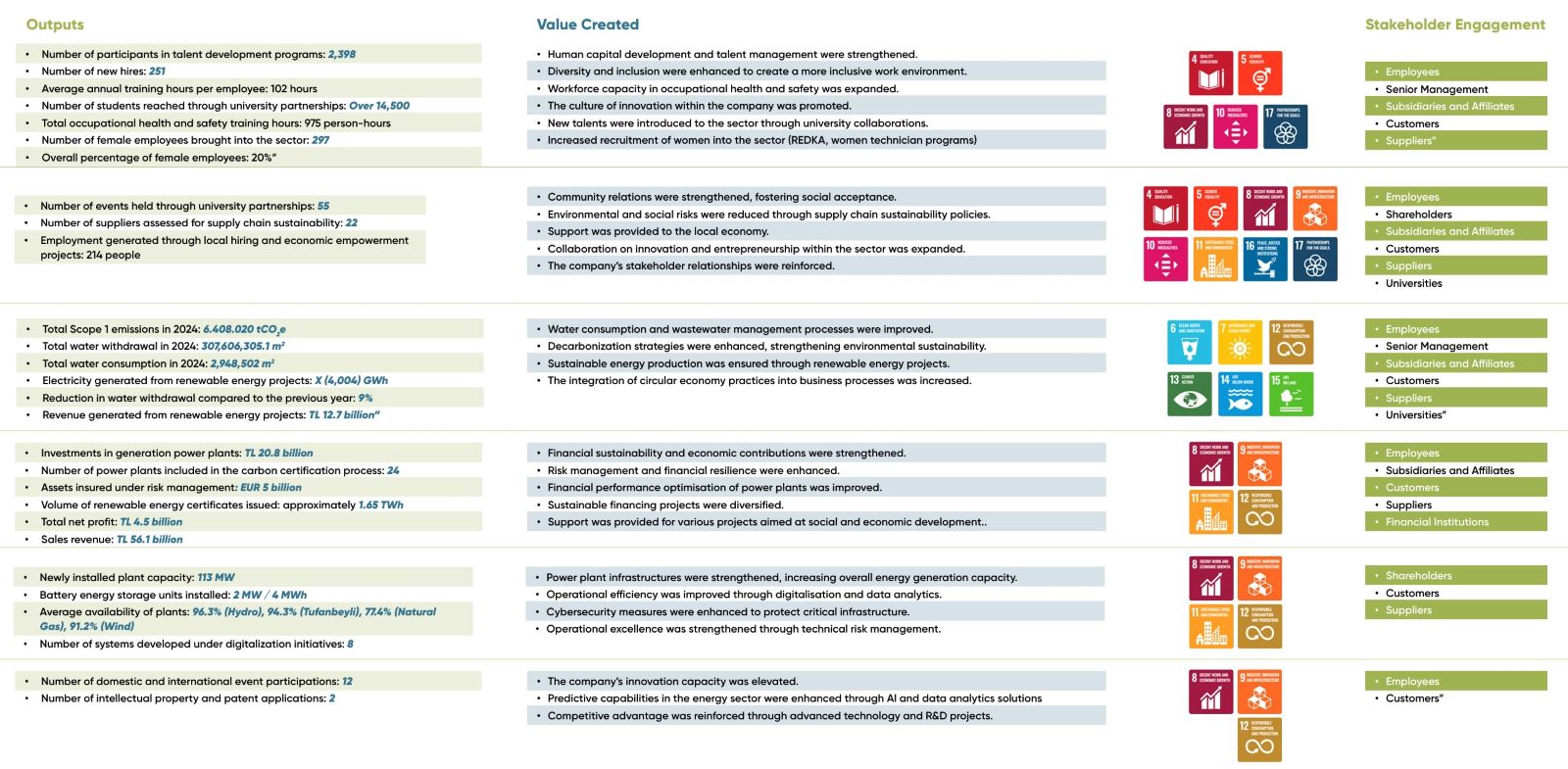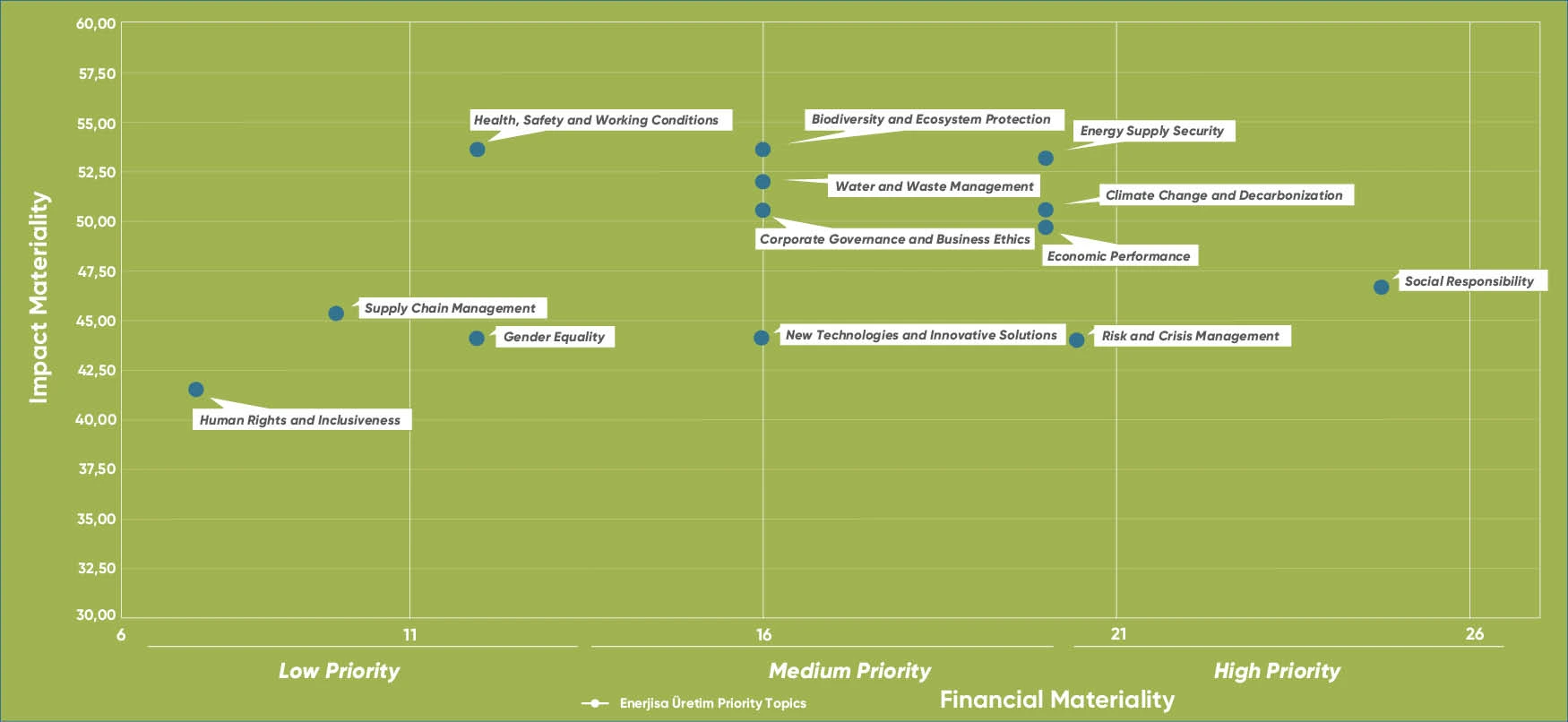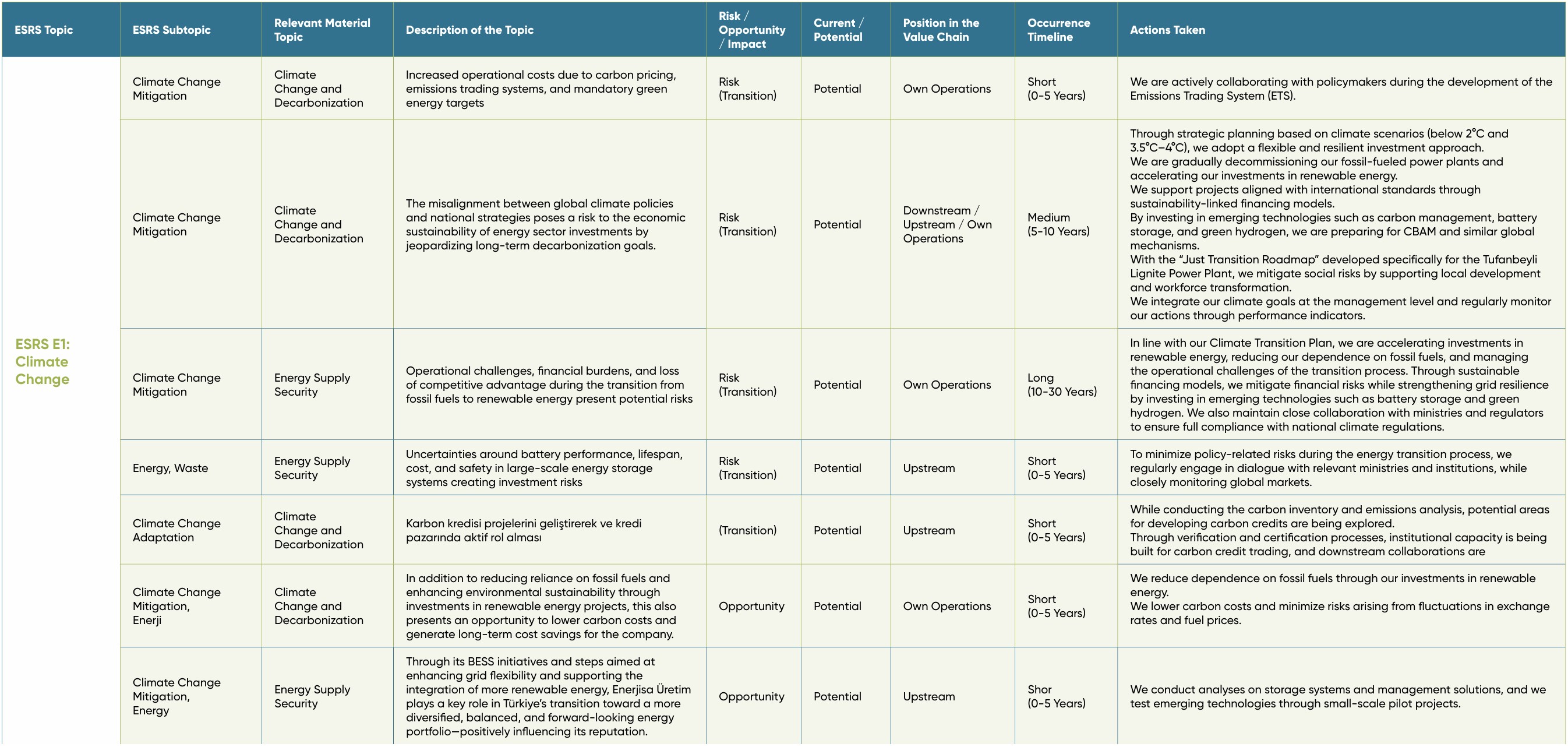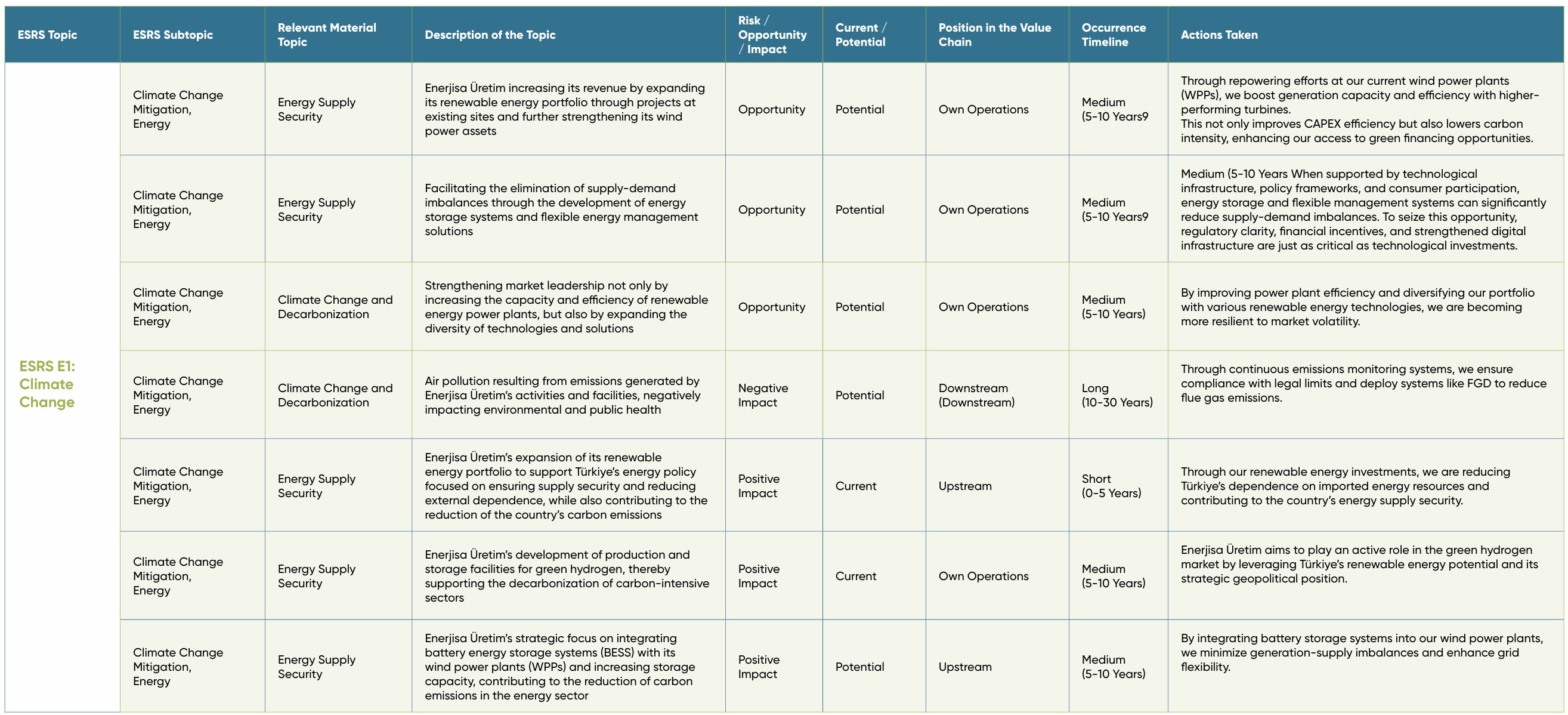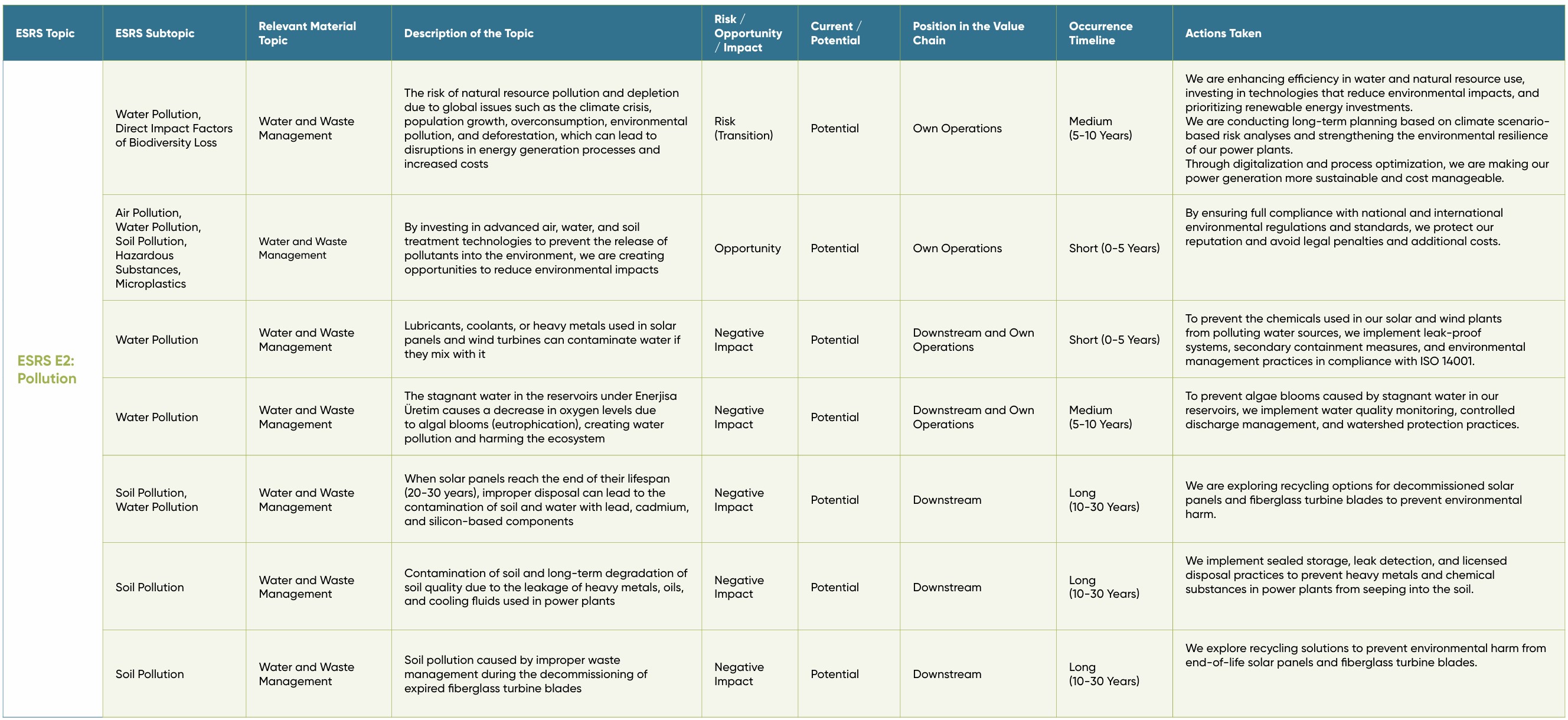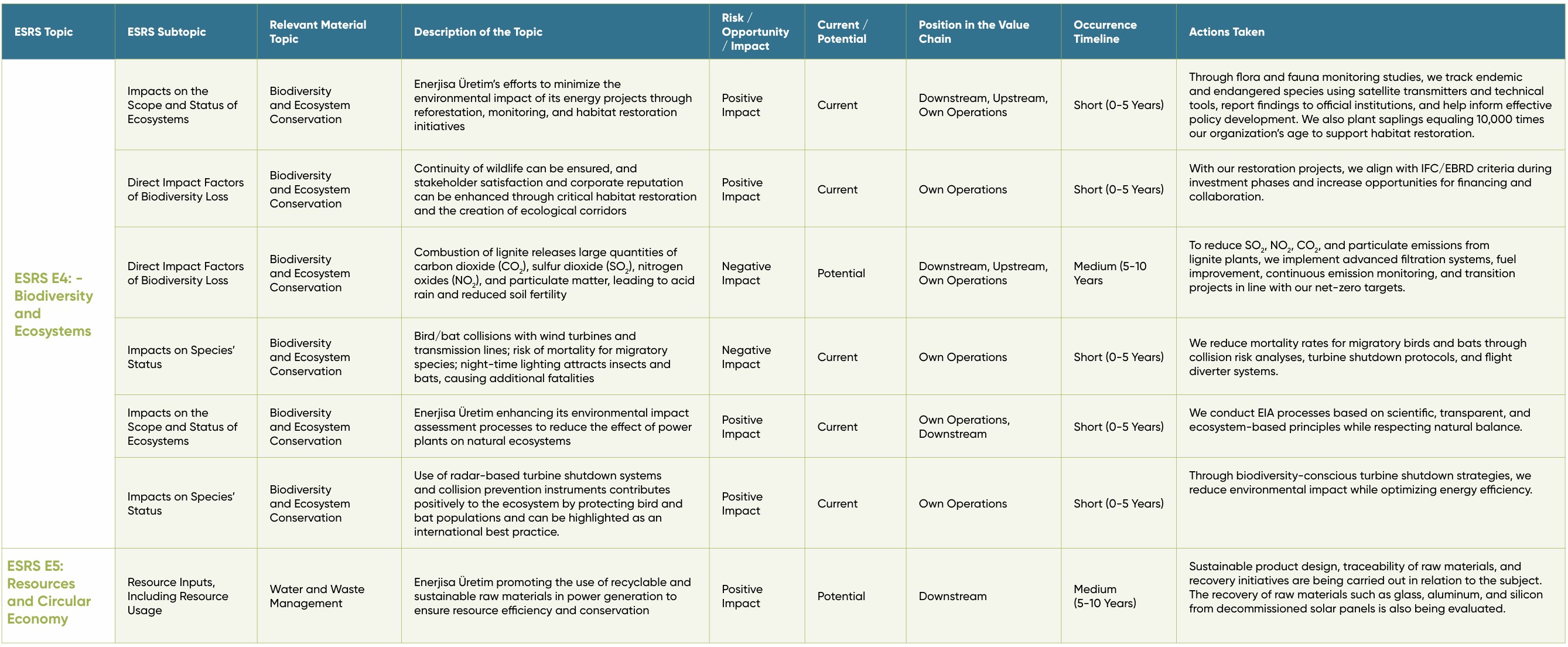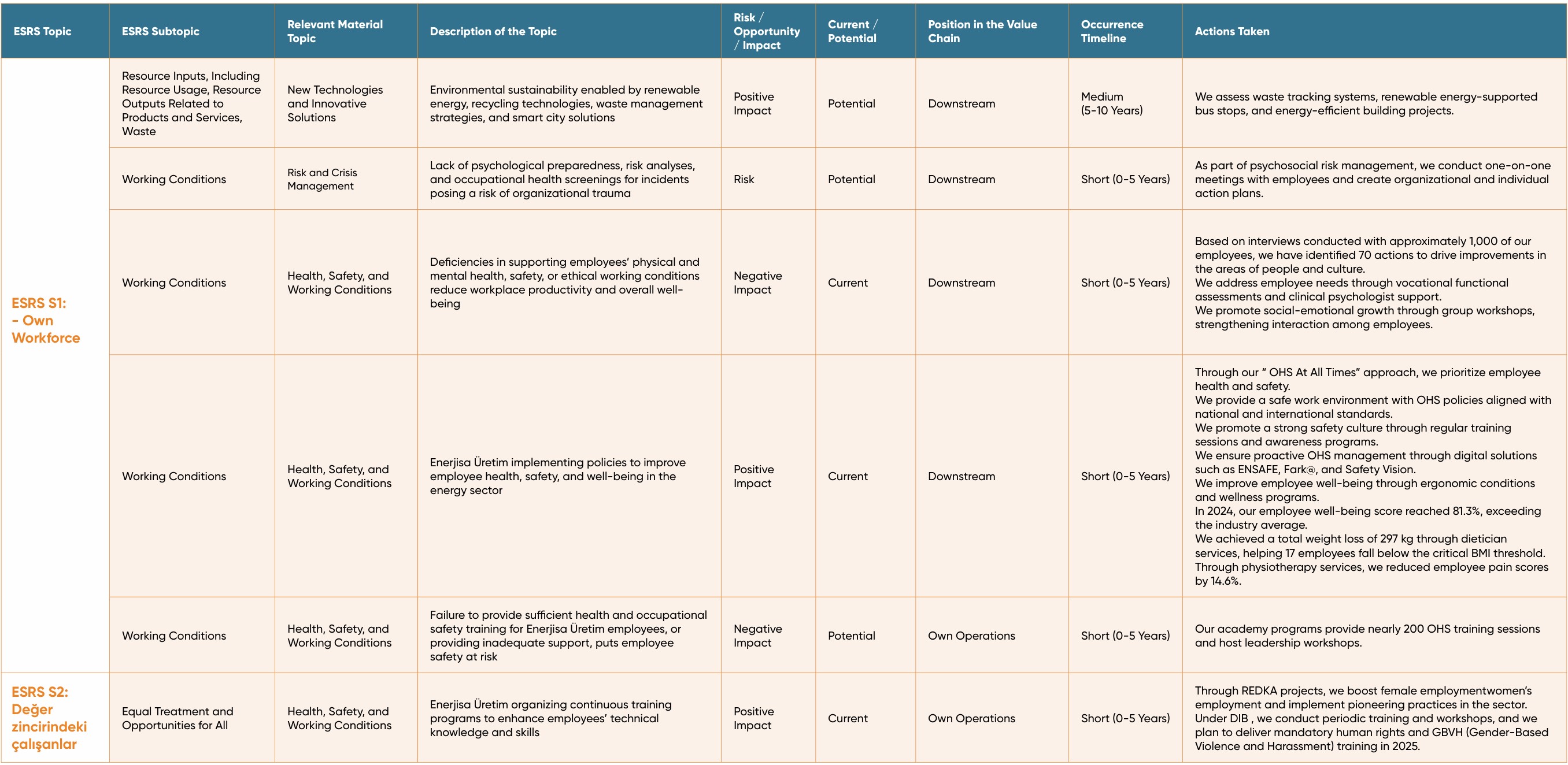Sustainability
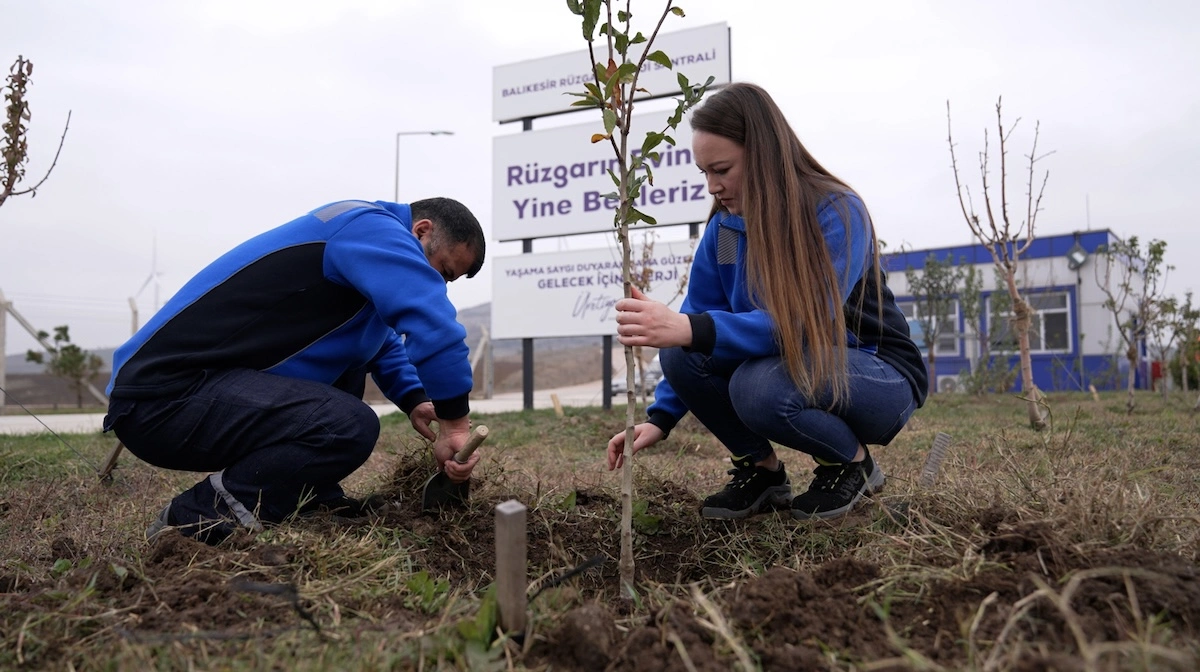
Sustainability and Strategic Management
Our Sustainability Governance
In today’s business world, sustainability is considered not only as the fulfillment of environmental responsibilities but also as a holistic strategy that creates economic and social value. At Enerjisa Üretim, we focus on creating lasting solutions for the future by implementing practices that protect and strengthen our ecosystem in the areas where we operate. Embracing change, we aim to be pioneers of sustainable transformation in the energy sector by investing in innovative business models.
Our People and Culture Policy, which includes topics such as diversity and inclusion, aims to create a diverse and inclusive working environment across our organization, with our Board of Directors playing a key role. In this context, we adopt a core principle of ensuring representation from individuals with different knowledge, experiences, and backgrounds, and we prioritize gender balance across all our teams. Through our Board of Directors’ annual report, we transparently share our progress toward diversity and inclusion goals, including the gender distribution of our Board and leadership team , as well as the roadmap we’ve set to achieve these goals. If goals are not met, we explain the reasons and report our corrective actions. This approach is a clear demonstration of our commitment to making diversity and inclusion a cornerstone of our corporate culture. This policy has been developed by our parent company, Sabancı Holding, and we fully comply with its content as a subsidiary.
At Enerjisa Üretim, in line with our strategic priorities in sustainability, such as climate change and environmental impacts, we emphasize the importance of ensuring environmental competence at the Board level and continuously developing this competence. We believe that the collective knowledge and awareness of our Board members regarding environmental issues play a vital role in determining our resilience to environmental risks and opportunities. With this understanding, we prioritize candidates with environmental knowledge and experience during our Board selection processes, especially aiming to include individuals with expertise in environmental, climate, and sustainability matters in our governance structure.
We regularly inform our Board members about environmental regulations, developments, and industry trends, collaborating with both internal expertise and external specialists. Furthermore, we assess environmental risks and opportunities regularly with an independent and expert advisory committee tied to our Board, integrating these evaluations into our strategic decision-making processes. As part of our human resources processes, we periodically review the environmental competencies of our Board members and prepare individual development plans for areas that need improvement. We continue to strengthen our collective environmental awareness by ensuring that at least one Board member has deep knowledge and experience in environmental sustainability. We view monitoring, evaluating, and integrating climate-related risks and opportunities into our strategic decisions as a governance responsibility at the leadership team level.
In this regard, our Board acts as the key body responsible for overseeing climate-related issues. These responsibilities are clearly defined in the Board members’ job descriptions, areas of authority, and related policy documents. We provide updates to our Board members on the latest climate developments at least twice a year; in extraordinary circumstances, we organize off-agenda sessions to ensure their environmental awareness is continuously up to date. When evaluating climate risks and opportunities in our strategic decision-making processes, we also consider the impact of these factors on our value chain, shaping our investments and business model accordingly. Moreover, when assessing the performance of our Board members, we take into account their contributions to achieving climate-related goals and integrate these contributions into our reward system.
We understand that environmental impacts are not limited to our direct operations but extend throughout our entire value chain, from our suppliers to our customers, from our distribution networks to our recycling processes. Therefore, we do not limit our Board’s environmental competencies to internal processes alone but address environmental risks and opportunities across the entire value chain. By providing strategic guidance on areas such as low- carbon supply chains, circular economy practices, and sustainable business models, we evaluate the long- term environmental impacts of our decisions with a holistic perspective.
We also shape our leadership team’s performance evaluation and compensation system For our CEO, 10% of performance is directly, and an additional 20% is indirectly linked to the achievement of our sustainability targets.
Additionally, at least 10% of the annual KPIs for committee members are connected to sustainability and climate change. This ensures that sustainability-focused decision-making processes are encouraged, and we aim to manage the long-term environmental and social impacts of our company at the highest level. By aligning the responsibilities of our leadership team with our sustainability goals, we are fostering a culture of sustainable transformation throughout our organization.
Our Compensation Policy is shaped within our Job Family Model, which defines organizational roles, key responsibilities, and performance indicators. In our compensation model, there are two main components for our executives: base salary and performance bonuses. We base performance bonuses on the annual evaluation of both company-wide and individual achievements. The CDP Climate Change score directly impacts our executives’ performance bonuses. With this system, we aim to maintain compensation balance, boost employee motivation and loyalty, and retain our talented workforce, helping us achieve all our strategic goals.
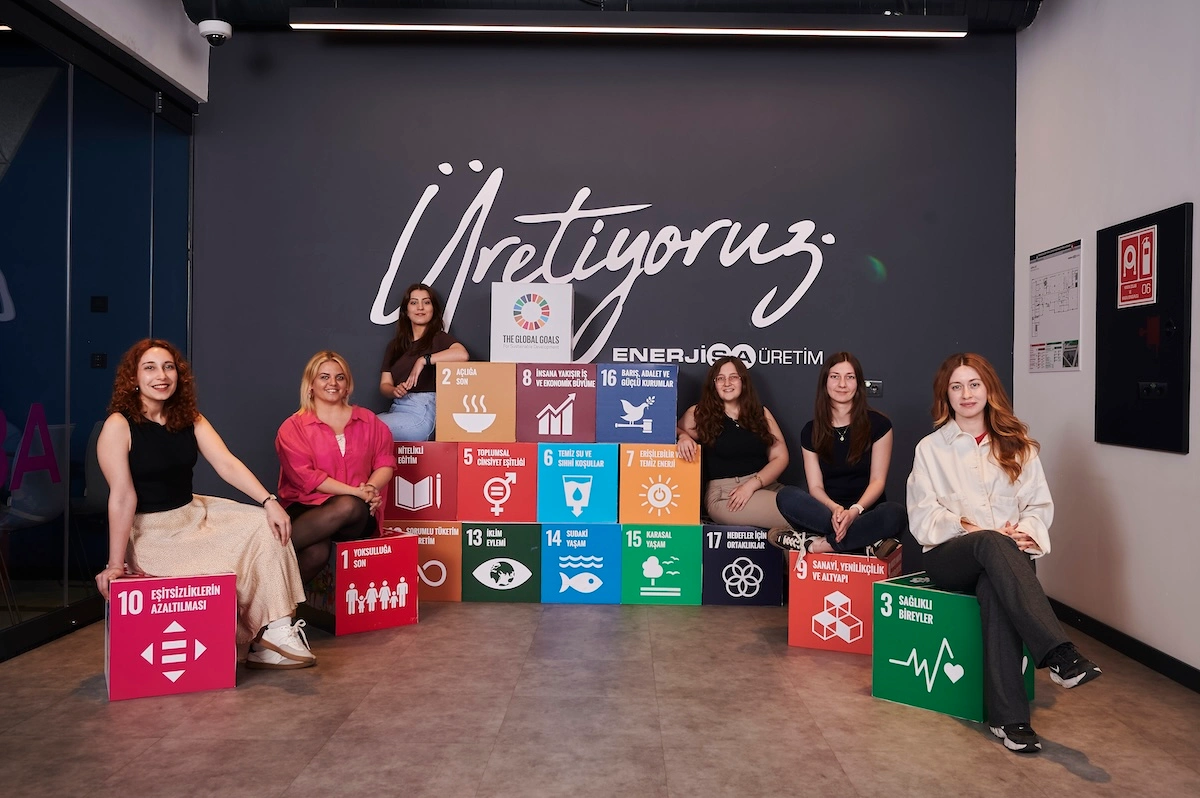
As we shape our corporate culture with a sustainability- focused perspective, we align our strategic decisions accordingly and manage the process effectively through our Sustainability Committee. We have structured our sustainability governance through a lean and functional system, involving the Sustainability Steering Committee, responsible for oversight and evaluation, the Sustainability Management Committee, responsible for managing goals and activities, and the subcommittees, which support operational processes.
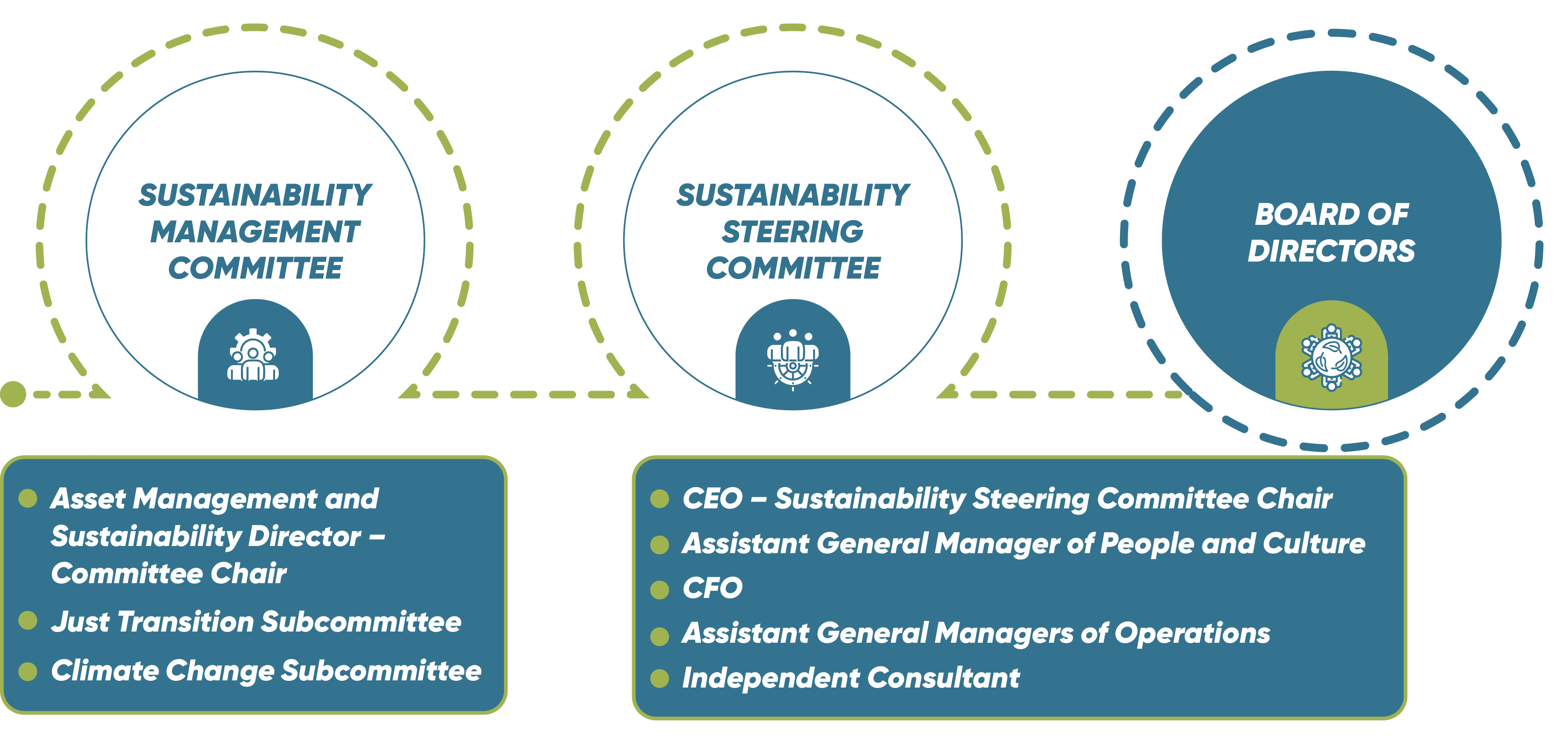
The Sustainability Management Committee is responsible for overseeing and managing the company’s sustainability goals and practices within the regions where Enerjisa Üretim operates. Among the committee’s responsibilities are reviewing policy trends and risks affecting sustainability performance and reputation, setting mid-term strategies and annual goals considering potential opportunities, identifying resource needs, defining roles and responsibilities, and overseeing budget planning and management. Strategic issues evaluated by Sustainability subcommittees are first addressed by the Sustainability Management Committee before being presented to the Board of Directors.
The Sustainability Steering Committee is responsible for reviewing and evaluating initiatives, objectives, and performance. It ensures that sufficient resources are provided for participation in sustainability activities. While the CEO regularly informs the Board of Directors about asset management strategies, the agenda of the Sustainability Steering Committee is reviewed at the highest level. Under the leadership of the CEO, the committee, which consists of the CFO, Assistant General Manager of Operations & New Technologies, Assistant General Manager of People and Culture, and an independent member, meets quarterly to review sustainability objectives and resource allocations, with more frequent meetings possible if necessary.
The Board of Directors oversees strategic supervision, policy and compliance, finance and risk management, innovation and performance, evaluation, and review, ensuring that all climate- related processes are managed at the highest level. Our Board plays a guiding role in approving annual budgets, setting innovation and R&D priorities, evaluating large-scale capital expenditures, and making strategic decisions related to acquisitions, mergers, and asset sales. In addition, it plays a decisive role in evaluating and approving major capital expenditures, as well as decisions on acquisitions, mergers, and asset sales. The Board also monitors climate-related goals and leads the creation of transition plans. Climate and environmental agendas are regularly discussed in Board meetings, with strategic decisions on climate risks and opportunities being made in this forum. The CEO informs the Board at each meeting about the field-level applications of projects, and budgets are reviewed and approved at each meeting.
Two main committees have been established within the Board of Directors:
The Risk Management Committee
monitors physical and transition-related climate risks, develops preventive and corrective measures, and makes recommendations to the Board of Directors. The committee conducts regular analyses to reduce risks and assess opportunities, reporting developments to the Chairperson of the Board.
The Audit Committee
regularly informs the Chairperson of the Board about climate-related risks and initiatives, ensuring transparency and accountability.
Throughout the year, our CEO and Leadership Teams provide critical insights and guidance to the Chairperson of the Board regarding environmental dependencies, impacts, and risks. While our CEO reviews ESG matters on a monthly basis, regulatory developments are discussed weekly with the Leadership Team and relevant departments. Over the course of the year, our CEO and Leadership Team continuously offer strategic insights and guidance to the Chairperson of the Board on environmental dependencies, impacts, and risks.
Our Asset and Sustainability Leader, also acting as the Chief Sustainability Officer (CSO),leads our team of environmental and sustainability experts, providing feedback from the finance, risk, and strategy departments to the CEO. This process is managed by the Sustainability Steering Committee, chaired by the CEO, and consisting of the CSO, CFO, CHRO, COO, and our Independent Advisor. Strategic and operational oversight is provided by our Board of Directors, who ensure that environmental controls and procedures are integrated with other internal functions. Additionally, we ensure that all necessary notifications are communicated to responsible parties by labeling and distributing relevant procedures through the Document Management Center. This structure enables us to effectively manage our sustainability goals and focus on creating long-term value.
To ensure that our financial sustainability and growth objectives align with our climate strategy, the CFO plays a key role in decision-making processes related to environmental and climate change issues, as a member of both the Sustainability Steering Committee and the Board of Directors. The CFO regularly evaluates climate-related impacts, dependencies, risks, and opportunities, following the guidance of the Risk Management Committee, Sustainability Committee, and CSO. Based on these assessments, the CFO allocates financing for investments in low-carbon technologies and growth plans while limiting budgets for projects that contradict our sustainability and climate change strategy or do not align with our growth plans. Additionally, the inclusion of QuickCarbon, a company offering carbon management solutions, and the launch of investments in charging stations for decarbonization in the electricity sector, have been implemented under the leadership of the CFO.

As part of our sustainability management structure, the key climate-related issues for Enerjisa Üretim in 2024 are as follows:
We accelerated our emissions reduction strategy by bringing forward our net zero carbon target from 2045 to 2040.
We conducted comprehensive evaluation workshops under the CSRD, TNFD, and TCFD frameworks to assess risks, opportunities, and impacts.
We expanded our hybrid solar power plants in 2024 with an additional 14 MW installed capacity.
We accelerated the Green Hydrogen Valley project in Bandırma, moving toward our target annual generation capacity of 500 tons.
We strengthened our wind energy investments with the capacity increase of Erciyes WPP, taking us a step closer to our 1000 MW target.
Our Sustainability Strategy
Inspired by the multi-layered and systemic nature of energy, our sustainability strategy is shaped around the goal of providing clean, reliable, and societally valuable energy. Through this strategic approach, we reflect a holistic and forward-looking transformation perspective at every level, from technical infrastructure to corporate governance, from environmental protection to societal benefit.
We do not view the elements of clean energy, reliable energy, and value-driven energy as separate or prioritized parts. Rather, we define these three components as indispensable complementary elements that must operate together, in synchrony, for a sustainable and meaningful energy system. Each goal focuses on different strategic areas, but we believe they can only create true transformation when implemented together. Therefore, we approach the energy system not only through technical and economic dimensions but also from an environmental responsibility and societal impact perspective. At the heart of our strategy is a balanced and integrated value approach that focuses on producing multi-dimensional benefits.
At Enerjisa Üretim, we believe sustainability is not just a goal, but an approach that should be at the center of all our decisions. In this context, we aim to manage transformation processes that meet today’s needs while enhancing our capacity to create long-term value, by considering environmental, economic, and societal dimensions together.
Clean Energy

In line with our clean energy goal, we are committed to maximizing power generation from renewable and low environmental impact sources. In this regard, we are promoting low-emission generation technologies, managing natural resources in accordance with circular economy principles, protecting biodiversity, and working to reduce environmental impacts based on scientific foundations.
When developing our renewable energy projects, we pay attention not only to technical feasibility but also to multi-dimensional criteria such as biophysical limits, habitat integrity, local environmental sensitivities, and stakeholder expectations. We conduct all our operations in full compliance with regulations, without accidents, and with great care, addressing environmental performance not only through technological competence but also through corporate diligence and governance quality.
Reliable Energy
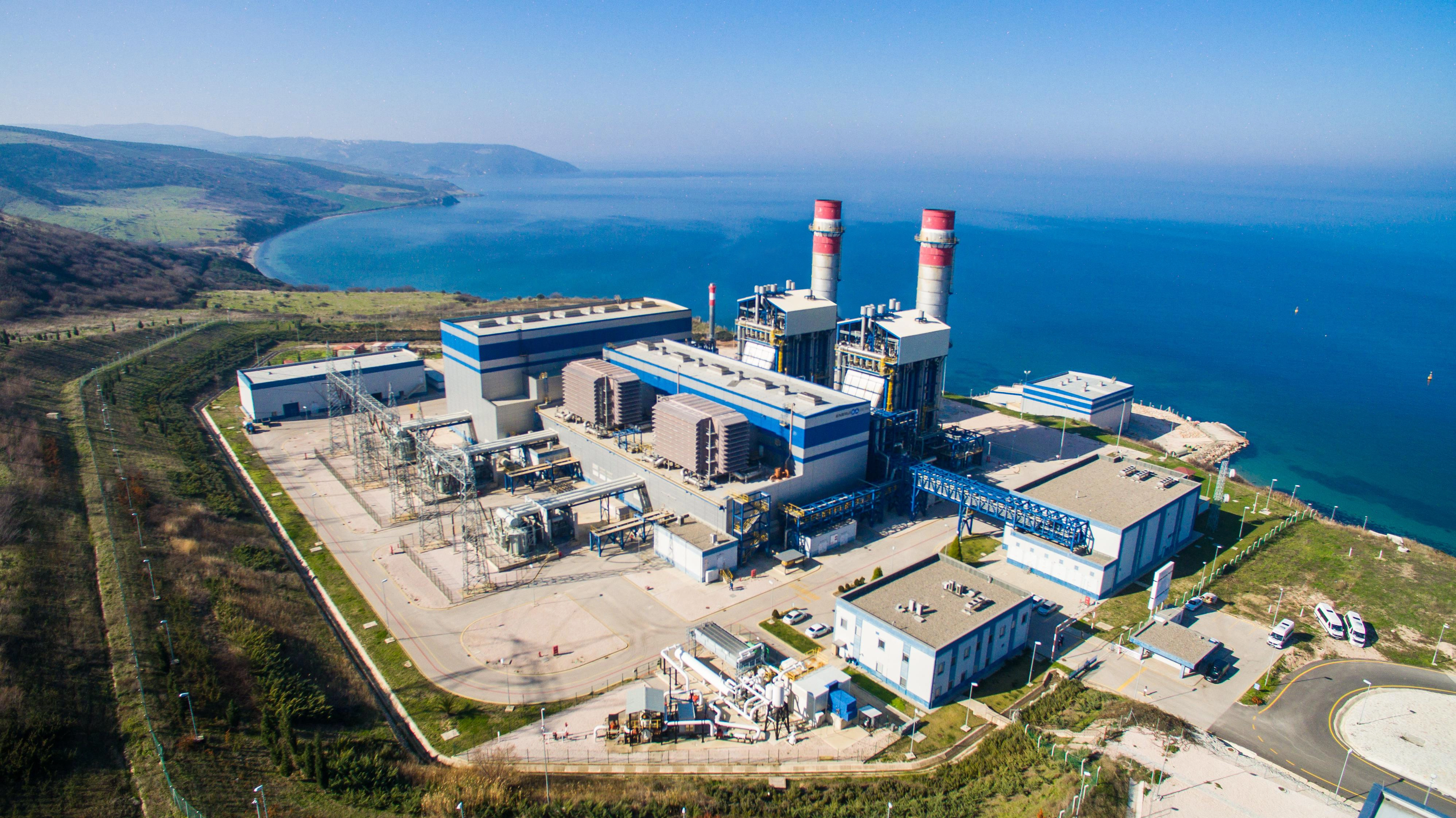
As energy demand increases, ensuring a reliable energy supply in a continuous and sustainable manner is one of our key priorities. To this end, we are enhancing the physical resilience of our generation assets, developing flexible solutions to climate and operational risks. By diversifying the technology in our generation portfolio through our investments, we are strengthening our system efficiency and operational predictability through hybrid systems and digital monitoring infrastructures. Additionally, we are focusing on upgrading our thermal plants to enhance supply security, considering the need for reserve capacity. Every step we take toward supply security is designed to balance energy security with sustainable development goals. This approach is based on science-based decision- making processes, not only for today but also for future system resilience.
Value-Driven Energy

We view energy not only as a service but a also as a fundamental tool for societal development. With this perspective, we go beyond ensuring the economic accessibility of energy, implementing projects that increase societal benefit, create employment, and support local development.
The reliance on domestic and renewable energy sources in our energy infrastructure holds strategic value, not only for environmental sustainability but also for our country’s energy independence and economic stability. This approach helps reduce external dependence, increases domestic value added, and makes a holistic contribution to the national economy.
In line with our strategic governance approach, we identify the necessary changes in our sector in a timely manner and take proactive steps to make our energy generation processes more efficient and sustainable. We view sustainability not only as a goal but as a responsibility integrated into all our business processes. Throughout the project development processes and investment decisions at our 29 power plants, we prioritize balancing environmental and nature-based impacts and focus on sustainability criteria. This enables us to adopt an approach that is sensitive to the needs of society and our employees, supports global transformation, and ensures the long- term continuity of our business models.
We implement our sustainability strategy not merely as a framework where objectives are defined at a strategic level, but as an integrated management model in which these goals are aligned with thematic priorities and translated into multi-layered action plans. In doing so, we establish an implementation system grounded in corporate-level consistency and impact-oriented execution.
In line with this approach, we structure our sustainability efforts around four key thematic areas: Environment and Climate Change, Energy Supply Security, Social Contribution, and Our Employees. By detailing each area with tangible goals and prioritized initiatives, we have transformed our sustainability management from a conceptual commitment into a practical and measurable structure. This entire framework is built upon the principle of “Goal, Focus, and Action Integrity,” which we have adopted companywide.
Environment and Climate Change
We place environmental sustainability and the fight against climate change at the heart of our long-term strategic priorities. We view this area not just as a compliance requirement, but as a reflection of our environmental responsibility as an organization. In this context, we develop projects aimed at reducing greenhouse gas emissions, implement innovative carbon management mechanisms, and enhance our decision-making processes through risk analyses based on climate scenarios. We promote nature- based solutions and address resource efficiency practices aligned with circular economy principles through a wider perspective, from consumption reduction to reuse. Measures aimed at reducing our water footprint are integrated into all operational processes. Our efforts extend beyond improving the efficient use of raw materials, reducing waste, and minimizing the use of harmful chemicals in generation; we also pursue nature and biodiversity preservation with a restorative approach focused on rebuilding ecosystem services. We incorporate regional ecological sensitivities and environmental carrying capacities into our decision-making and develop solutions that maximize environmental contribution.

We move beyond environmentally compliant power generation by fostering coexistence with nature, managing resources responsibly for future generations, and embedding science-based environmental awareness as a core element of our corporate culture.
Social Contribution
We deepen our sustainability strategy with a strong social dimension, operating with an awareness of the influential role the energy sector can play in societal transformation. We are guided by the principles of social justice, inclusion, and equal opportunity, and we develop just transition practices for communities that may be affected by the transformation process. We support women in taking on more visible and active roles within the energy sector and prioritize programs that promote gender equality.
To help cultivate the skills required by the green transition, we diversify our talent development programs and expand our social responsibility efforts to include children, nature-dependent communities, and vulnerable groups. We design these initiatives not only as short-term social support, but as systematic solutions aimed at strengthening local resilience over the long term.
We view our energy investments as tools for development that prioritize social benefit and aim to transform our social impact into measurable and lasting value.
Our Employees
To ensure corporate sustainability, we place our human capital at the center of this transformation. We see our employees not just as operational enablers, but as key drivers of strategic alignment, cultural transformation, and corporate value creation. Guided by the principles of diversity and inclusion, we encourage the participation of individuals from diverse backgrounds and experiences and strive to ensure fair representation in corporate decision-making. Through our upskilling and reskilling programs, we support adaptation to evolving job roles and new technologies brought about by the green transition. We offer competency programs that go beyond technical skills, encompassing strategic thinking, collaboration, and leadership.
We foster continuous learning through partnerships with universities, research centers, and industry stakeholders, while also enhancing access to knowledge and supporting personal development. Furthermore, we cultivate a human-centered and motivating work environment through holistic programs designed to support physical, mental, and social well-being. This empowers our employees to become not only implementers but also champions and transformative forces behind our sustainability strategy.
At Enerjisa Üretim, we invest in human-centered ecosystems and innovative business models to build a better future.
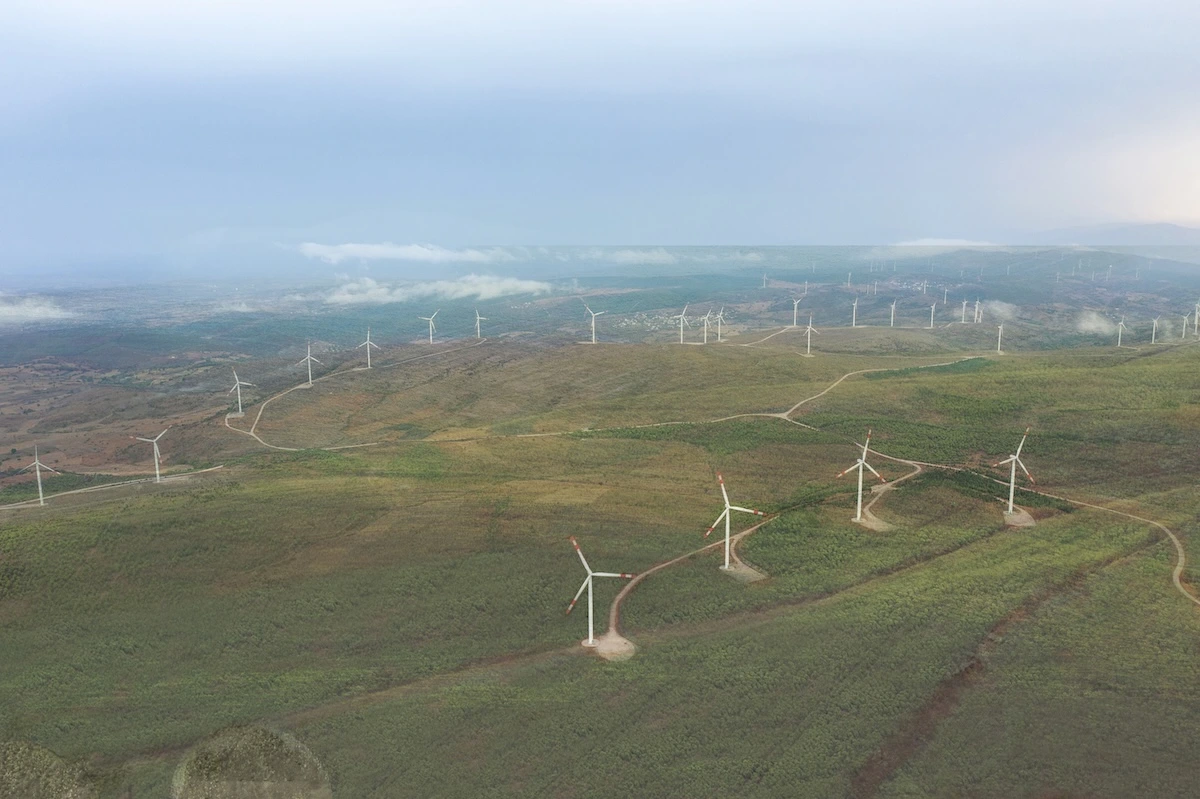
Through our ESG efforts in the regions where we operate, we focus on making our current investments more sustainable. As a signatory of the United Nations Global Compact (UNGC),we incorporate global sustainability principles into our business processes. This step strengthens our efforts in key areas such as the environment, human rights, labor standards, anti- corruption, diversity, and inclusion.
As a member of BCSD Türkiye (Business Council for Sustainable Development),we share our insights and experiences in meetings focused on pressing topics such as climate change, energy efficiency, and the circular economy. We also play an active role in shaping efforts toward achieving net-zero emissions and in designing Türkiye’s circular economy roadmap.
Through these contributions, we reaffirm our strong commitment to sustainability and environmentally friendly business models.
Investments in renewable energy projects are a key component of our sustainability strategy. By channeling all our new investments into renewable energy projects, we aim to reduce our environmental impact and increase clean power generation. We support public accountability and transparency by openly reporting the sustainability principles embedded in our business processes.
All our renewable energy investments, particularly our YEKA (Renewable Energy Resource Area) projects, decarbonization efforts, and green hydrogen initiatives, allow us to diversify our portfolio. In doing so, we simultaneously contribute to the national economy, the environment, and society. Our dedicated team, committed to energy supply security and the mission of producing energy for a better future, creates positive impacts across our entire value chain.
To achieve our net-zero carbon target, we aim to base all our power generation on renewable sources by 2040. In line with this, we prepared and approved our Climate Transition Plan in 2024. The plan focuses on phasing out fossil fuel-based power plants while expanding our renewable energy capacity. We are integrating solar power into existing plants to develop hybrid solutions and directing all new investments solely toward green energy technologies such as wind and solar. In parallel, we continue R&D efforts for future-oriented technologies such as green hydrogen and run optimization projects to enhance process efficiency in our plants.
Our transition plan, which is approved and will be updated every five years, is integrated into our CEO’s performance targets and is aligned with our long-term strategies that support emission intensity reduction and a just transition.
You can find more details about our 2040 Net Zero Carbon Target in the Decarbonization and Climate Strategy section.
Our Sustainable Business Model
Sustainability, is one of the top priorities in Enerjisa Üretim’s sustainability efforts and is fully integrated into our decision- making processes. Our sustainability approach follows a continuous “plan, implement, monitor, and develop” cycle, which is supported by four key pillars:
Sustainability Strategy: Our five-year goals are set by the Sustainability Management Committee and approved by the Sustainability Steering Committee. These goals are shaped by stakeholder feedback, public policies, technological advancements, and the company’s economic outlook.
People: Achieving our sustainability goals requires broad-based participation across the entire organization. Managers are responsible for aligning business plans with sustainability targets and defining key performance indicators to track progress.
Physical Assets and Impact Data: Our sustainability initiatives are driven by up-to-date data, considering operational needs, social and environmental impacts, and input from local stakeholders.
Risk and Opportunities: Accurately identifying risks and opportunities is critical to making informed decisions and adapting effectively, both of which are essential for the success of our sustainability practices.
Our Sustainable Business Model
Stakeholder Engagement
At Enerjisa Üretim, we place great importance on maintaining continuous and transparent dialogue with our stakeholders to better understand their perspectives, expectations, and concerns. Guided by our stakeholder engagement approach, we shape our sustainability initiatives and projects based on their feedback. This interaction not only helps us improve our business processes but also strengthens our double materiality assessments and due diligence practices. Throughout this process, which is grounded in transparency, integrity, and ethical values, we work collaboratively with our stakeholders to build a more sustainable future.

| No. | Stakeholder Name | Communication Channel | Communication Frequency |
|---|---|---|---|
| Internal Stakeholders | Employees |
| Ongoing |
| Shareholders |
| Monthly | |
| Leadership Team |
| Quarterly | |
| External Stakeholders | Affiliates and Subsidiaries |
| Quarterly |
| Customers |
| Twice a year | |
| Financial Institutions |
| Twice a month | |
| Suppliers |
| Monthly | |
| Universities |
| Twice a year |

Supply Chain
At Enerjisa Üretim, we believe that sustainability should be an all-encompassing concept, both in our country and globally. In this context, we continue our sustainability efforts throughout the management and operation of our supply chain, which impacts all of our generation operations. We prioritize building a sustainable supply chain for all processes, from material and service procurement to post-consumption stages. We shape our social, environmental, corporate, and economic gains according to our sustainable procurement principles, considering the benefit of both our community and our suppliers.
As a leading force in Türkiye’s energy transformation, we prioritize boosting local employment, workforce development, and domestic supply capacity. In this context, we actively contribute to the regional economy by increasing our local procurement ratio. As of 2024, local purchases accounted for 16.41% of our total procurement. Additionally, 74% of our total procurement volume is sourced from suppliers based in Türkiye. To support regional development and the national economy, we place a strong emphasis on utilizing local resources within our supply chain. At the same time, we support digital transformation strategies by fostering strong, long-term, and trustworthy relationships with our suppliers. We incorporate human rights and environmental considerations at every stage of our supply chain, aiming to establish transparent, traceable, and sustainable supply chain processes. Throughout this journey, we conduct sustainability assessments to monitor supplier performance and drive continuous improvement.
To strengthen our sustainable procurement strategies, we are digitizing our procurement processes, developing innovation- driven applications, and conducting comprehensive sustainability assessments. Through key digital transformation projects such as as the Procurement AI Project, Digital Progress Payment, Contract Management Program, Talos Procurement Robot and Smart Warehouse Management , we are not only improving the efficiency of procurement processes but also transitioning to paperless operations and advancing operational excellence. We leverage the Dow Jones Screening Tool to automatically detect and report any legal actions or compliance violations involving our registered suppliers. This system also allows us to screen high-risk potential suppliers, enabling us to evaluate their ethical and compliance standing proactively. Through these initiatives, we streamline our supplier evaluation processes, enhance environmental and social compliance, and strengthen overall performance management.
As of 2024, we have integrated sustainability principles into our supplier selection processes. Before establishing business relationships with our suppliers, we share our sustainability expectations and obtain a commitment to comply with these principles. We consider environmental and social risks at every stage of our supply chain and ensure compliance through a strong pre-selection process and risk mapping. Ethical values, human rights, and environmental sensitivity are among our top priorities in supply chain management. We enforce a zero-tolerance policy on critical issues such as child labor and forced labor. In this framework, we updated all our procurement contracts and social obligations specifications in 2024. New contracts include provisions to prevent child labor and forced labor, report and reduce carbon emissions, and implement environmental measures.
In 2024, we regularly monitored whether our long- term suppliers fulfilled legal obligations regarding their employees’ fundamental rights, such as salaries, social security, taxes and working hours. This practice aims to protect employee rights and prevent or mitigate potential social risks within our supply chain, including ensuring fair working conditions.
In the same year, we sent risk assessment surveys and audit checklists, including environmental, social, and governance (ESG) criteria, to critical suppliers. The responses were evaluated, site visits were conducted, and no major non-compliance was detected in the reviews.
We manage our climate transition process by transforming our supply chain and integrating it into our entire value chain. Our supply chain targets include developing our Scope 3 emission targets,, setting reduction goals, and integrating nature- climate risks into our value chain mapping process. To this end, by integrating QuickCarbon into our supply chain, we are supporting emission reduction across all our processes, starting with critical suppliers, and accelerating our decarbonization journey by providing carbon balancing opportunities. We have completed Scope 3 emissions reporting (GHG Protocol, Categories 1 and 2) for procurement processes by collecting primary data from wind turbine manufacturers and have started working on emission reduction strategies. As Enerjisa Üretim, we aim to achieve a sustainable transformation across our entire value chain by spreading our climate transition process.
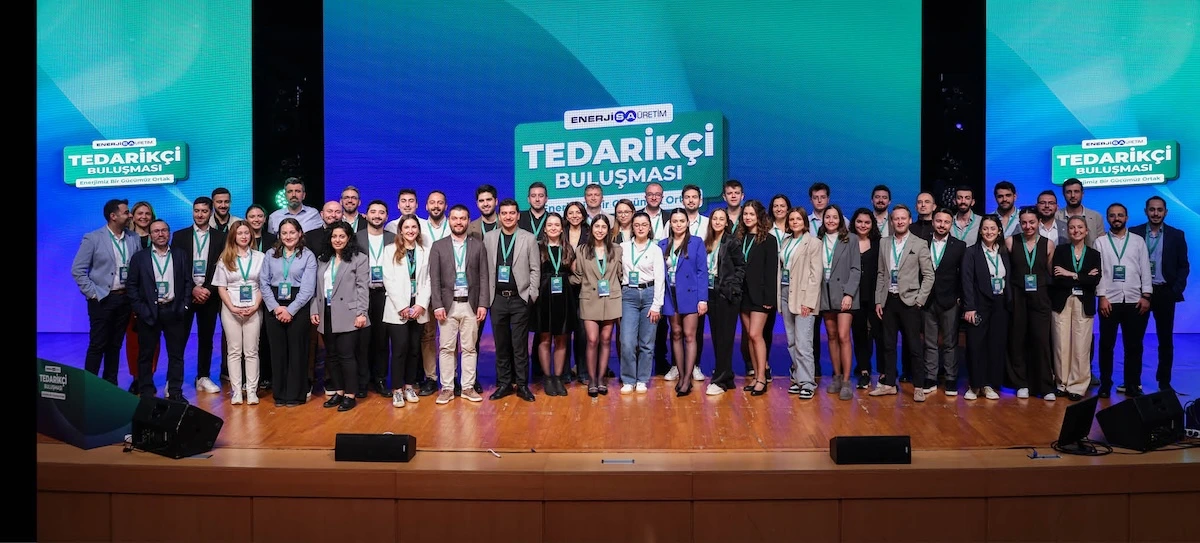
Supplier Portal
With the Supplier Portal we launched to create a sustainable and transparent supply chain, we carry out more efficient and productive collaborations with our business partners. Supplier candidates can easily apply by uploading the required documents through the portal, while our existing suppliers can actively participate in announcement, evaluation, and feedback processes through the system.
Thanks to the infrastructure integrated into the SAP system, new applications are processed quickly, and suitable candidates, whose evaluation processes are completed, gain the right to become active suppliers in the system. By conducting all these processes digitally, we save time and manage all our processes transparently. This enables us to establish strong relationships and create an effective communication environment in all our processes.
With the digitalized processes of the Supplier Portal, we minimize the environmental impact by reducing paper consumption and contribute to the widespread use of sustainable practices. We collaborate with our suppliers in line with environmental priorities such as energy efficiency, reducing carbon emissions, recycling, and waste management.
To explore our Supplier Sustainability Principles in detail, you can refer to our Sustainable Supply Chain Principles document.
Click here to access our Supplier Portal.
Supply Chain Risk Mapping Initiatives
In 2024, the Board of Directors made an important decision to align Environmental, Social, and Governance (ESG) strategies with the TNFD framework, prioritizing locations, evaluating dependencies and impacts, and conducting a value chain mapping analysis for Risks and Opportunities. To identify potential environmental and social risks in our supply chain, we completed risk mapping taking advantage of reports and indices released by international organizations. By identifying potentially risky regions and suppliers, we took a significant step in risk and impact management. Additionally, we began asking suppliers of wind turbine and solar panel manufacturers to complete the Bill of Materials (BOM) form, which shows the supply sources of product components. This allows us to detect potential environmental and social risks in the indirect suppliers (Tier 2 ) and subsequent layers of our supply chain.
Having completed risk mapping, we established our risk assessment process and carried out its first implementation. In 2024, we sent risk assessment surveys to our critical suppliers and conducted a comprehensive evaluation in line with our sustainability criteria. We reported the results, provided feedback on areas for improvement, and requested corrective actions.
To enhance the sustainability performance of our suppliers, we implemented a comprehensive ESG- based Supplier Risk Assessment process, which led to the development of 65 concrete improvement recommendations. As part of this effort, we introduced awareness boards on biodiversity and launched informative content and capacity-building initiatives focused on critical areas such as child labor, forced labor, prevention of gender-based violence and harassment, cybersecurity, greenhouse gas emissions, and occupational health and safety.
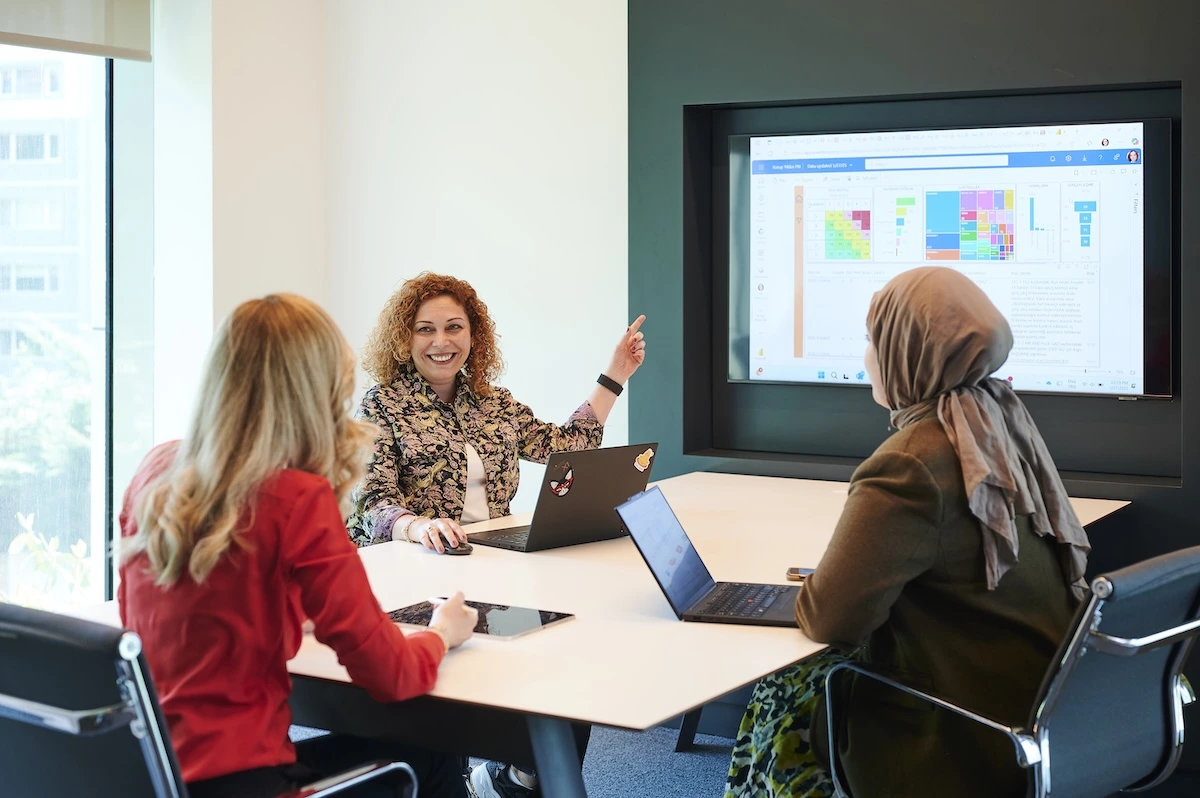
Efficient Procurement Process
As part of our digitalization and data analytics initiatives, we prepared a procurement process data analysis report that includes supplier analyses, time- based data, indicators by category and material group, conditions related to suppliers, discount rates, and unit price fluctuations. This marked an important step toward managing procurement processes in a data-driven and efficient manner. To further enhance the efficiency of procurement operations, we developed and updated process flows, process cards, and guidelines. Additionally, we activated the transportation request form on the Education Informatics Network (EIN),enabling us to manage logistics processes more swiftly and accurately.
Supplier Media Monitoring Application
Through our in-house developed News Monitoring Application, we dynamically scan publicly available news sources for the names of our current suppliers. Supported by AI-powered sentiment analysis, the news related to our suppliers is classified as positive, negative, or neutral and regularly reported to our procurement team. This allows us to monitor our suppliers’ ESG and ethical compliance performance in real time.
Supplier Development Efforts
To support the development of our supply chain, we prepared and shared various informational briefs with all our suppliers. These covered key topics such as biodiversity, the prevention of child and forced labor, occupational health and safety, and gender equality. We conducted various training sessions and information meetings on our supply chain and sustainability practices. Subject matter experts provided training on issues such as human rights in the supply chain and compliance with the European Bank for Reconstruction and Development (EBRD) standards.
We supported the training and development of our stakeholders’ employees working at our sites through the Enerjisa Üretim Academy. We also assisted our suppliers in fulfilling mandatory training and documentation requirements.
We aim to launch a women supplier/entrepreneur development program in 2025. The program is currently in the planning phase, with application and selection criteria already defined. In addition, we have established minimum women employee ratios to be required from contractors, with the goal of increasing women’s employment among our suppliers. In line with our vision of “Generating Energy for a Better Future,” we place sustainability at the core of all our operations. Our sustainable supply chain management clearly reflect this vision in action. Since day one, we have pursued excellence with our employees and all business partners, and we continue to build a sustainable and ethically grounded future.
Double Materiality Analysis
Material Topics
At Enerjisa Üretim, we prioritize building trust-based, transparent, and participatory relationships with our stakeholders. We believe that the material topics we identify together with our stakeholders play a decisive role in shaping our sustainability strategy and setting our related goals. In this context, we actively gather input from both internal and external stakeholders and conduct a mutually engaging process to determine our sustainability materiality.
As part of our material topic analysis, we conducted a comprehensive assessment using several international references such as the European Green Deal, Sustainability Accounting Standards Board (SASB),Sustainalytics, S&P Sustainability Index criteria, MSCI ESG Materiality Map, and the World Economic Forum’s Global Risks Report. Based on this, we identified and grouped prominent sustainability topics and presented them to our stakeholders for materiality. During the evaluation process, we created a list of Enerjisa Üretim’s key stakeholders and reached out through online surveys. A wide range of stakeholders participated in the survey, including our employees, leadership team, Sabancı Holding, affiliates and subsidiaries, financial institutions, universities, customers, and suppliers. Through these stakeholder surveys, we identified the sustainability issues of critical importance to Enerjisa Üretim. As a result of this process, we defined 13 core sustainability topics that hold strategic importance for the long-term success of our company and the value we deliver to our ecosystem.
| Material Topics | Details |
|---|---|
| Climate Change and Decarbonization | As part of our efforts to combat climate change, we actively manage climate-related risks (both physical and transitional) across our operations and supply chain, while working to reduce greenhouse gas emissions. We prioritize transitioning to low-carbon technologies, improving energy efficiency, and developing climate-friendly solutions for a sustainable future. |
| Biodiversity and Ecosystem Protection | We view the protection of biodiversity and ecosystems as one of our core responsibilities. Accordingly, we ensure the sustainable management of natural habitats in both operational and supply chain activities, carry out reforestation efforts, take steps to prevent deforestation, and implement practices that help preserve ecological balance. |
| Water and Waste Management | To ensure the efficient use and preservation of water resources, we implement initiatives aimed at improving water quality within our operations and supply chain, reduce water stress risks, and adopt sustainable water and wastewater management practices. Aligned with our circular economy approach, we prioritize responsible sourcing, continuously enhance processes to minimize waste at its source, use resources more efficiently, and increase waste recovery. We adhere to the highest standards for the safe management of hazardous materials. |
| Gender Equality | Guided by our commitment to gender equality, we support equal access to rights, opportunities, and resources for all individuals, regardless of identity or orientation. We continue to take action to ensure equal representation, prevent discrimination in social and financial transactions, and foster an inclusive work environment. |
| Human Rights and Inclusion | Protecting the rights, well-being, and professional development of our employees is among our top priorities. We promote a workforce that values diversity and inclusion, uphold a zero-tolerance policy against all forms of violence, and enforce strict policies against child labor and forced labor. We ensure a fair and safe work environment that respects labor rights. |
| Health, Safety, and Working Conditions | Employee health and safety are among our primary concerns. We implement robust management systems to prevent industrial accidents, provide safe working conditions, and uphold the highest occupational health and safety standards. |
| Supply Chain Management | Our supply chain is guided by principles of social compliance and resource efficiency. We establish a structure aligned with sustainable procurement principles, working closely with suppliers to monitor social requirements and commitments, and strengthen responsible sourcing practices. |
| Social Responsibility | We build strong ties with both local and global communities, grounded in respect for human rights, and we develop impactful social responsibility projects. We continuously expand our initiatives to enhance social impact and contribute to sustainable development. |
| Energy Supply Security | To ensure energy supply security, we manage sustainable and uninterrupted generation processes and invest in robust technology and infrastructure to meet energy demand. We improve energy efficiency and promote renewable energy investments, contributing to the energy systems of the future. |
| New Technologies and Innovative Solutions | By developing innovative digital solutions and alternative business models in the energy sector, we help pave the way for new fields and entrepreneurial ventures. We aim to lead the transformation of the energy sector through continuous improvement in our digitalization and innovation processes. |
| Risk and Crisis Management | We adopt a proactive approach to risk management, forecasting systemic risks and implementing strategic plans to ensure business continuity. Our effective risk management practices support the sustainable growth of our company. |
| Corporate Governance and Business Ethics | We consider stakeholder engagement and interaction as integral to the way we do business. We strictly adhere to codes of business ethics, ensure full compliance with national and international regulations, and embrace ethical governance based on accountability and transparency. |
| Economic Performance | We shape our economic performance through a lens of responsibility and sustainability. We prioritize green financing and environmentally responsible investments, maintain business continuity while generating economic value, manage risks effectively, optimize resource use, and enhance our financial flexibility. |
Our Double Materiality Matrix
In assessing our material topics, we adopted the double materiality analysis approach defined within the framework of the Corporate Sustainability Reporting Directive (CSRD) and the European Sustainability Reporting Standards (ESRS),both developed by the European Financial Reporting Advisory Group (EFRAG). This approach allowed us to evaluate our material topics from two distinct perspectives: impact materiality and financial materiality.
We structured our analysis process using a systematic methodology. Guided by EFRAG’s recommendations and supported by our own sector-specific knowledge and insights, we developed a comprehensive scoring matrix and materiality matrix. This enabled us to assess sustainability issues holistically, considering both their potential impact on our financial performance and their effects on the environment and society.
To ensure our evaluations were as inclusive and effective as possible, we integrated multiple viewpoints and addressed our material topics across two key dimensions:
Impact Materiality: We considered the positive or negative, actual or potential impacts, ranging from short-term to long-term, that our value chain activities may have on people and the environment.
Financial Materiality: We analyzed past and future risks and opportunities that have had or are expected to have a material effect on our sustainable business development, financial performance, cash flow, access to financing, and cost of capital.
In 2024, we conducted a comprehensive assessment of our material topics, examining both the environmental and social impacts of our own operations and the implications of external developments on our business model, value chain, and financial performance. We structured our 13 material topics using the Double Materiality Analysis approach, evaluating each through the lenses of both financial materiality and impact materiality.
The Double Materiality Matrix we developed presents a holistic view of the significance of the topics that emerged from our analyses, considering both their impact and financial priority. In our matrix, topics such as; Biodiversity and Ecosystem Protection, Water and Waste Management, and Energy Supply Security stand out as areas of high environmental and social impact, as well as strategic importance for the sustainability of our operations. On the other hand, topics like Climate Change and Decarbonization, Corporate Governance and Business Ethics, Economic Performance, and Social Responsibility play a critical role in ensuring business continuity and stakeholder trust, given their high financial relevance. Additionally, subjects such as Human Rights and Inclusion, Gender Equality, and New Technologies and Innovative Solutions remain on our strategic agenda due to their long-term potential to create social value and drive transformative change. Through this comprehensive analysis, we have gained a deeper understanding of the impacts of our activities and strengthened our ability to turn environmental, social, and governance-related risks into opportunities. Moving forward, we will continue to generate value around these priorities and stay committed to advancing toward a sustainable future, together with all our stakeholders.
Enerjisa Üretim Double Materiality Matrix
Our Methodology
At Enerjisa Üretim, we developed our methodology in alignment with the ESRS and current guiding frameworks. We conducted our Double Materiality Analysis through a holistic lens, considering internal processes and sector-specific dynamics. The analysis was carried out in five key stages:
1. Engaging Our Stakeholders
In our stakeholder engagement process, we collaborated closely with experts from across our business units and group functions. As part of this year’s scope covering 13 material topics, we distributed surveys to our stakeholders. Through these surveys, the scale of each topic’s impact on the environment and society was assessed. This process provided a comprehensive view of stakeholder priorities and expectations. Additionally, our ongoing community engagement activities in the regions where we operate served as a strong foundation for identifying our most significant impacts and risks.
2. Defining the Scope of Impacts, Risks, and Opportunities
In defining impacts and identifying potential internal and external risks and opportunities that could affect our company, we leveraged internationally recognized sources such as the World Economic Forum’s (WEF) Global Risks Report 2025, the Sustainability Accounting Standards Board (SASB) Standards, the Task Force on Climate-related Financial Disclosures (TCFD),and the Taskforce on Nature-related Financial Disclosures (TNFD).
We defined key impact drivers outlining our potential effects on nature by referencing the Science-Based Targets Network (SBTN) framework. For our power plants, we listed the dependencies identified as material by SBTN based on our direct operations.
We matched our material topics with the sub-topics and sub-sub-topics outlined in the ESRS Topic Standards. While aligning our material topics with the European Sustainability Reporting Standards (ESRS),we conducted a comprehensive assessment across environmental, social, and governance (ESG) dimensions. This approach allowed us to fully align our sustainability priorities with regulatory requirements.
In the environmental dimension, we focus on critical themes such as climate action, biodiversity protection, circular economy, and water management, contributing to ESRS standards E1 (Climate Change),E2 (Pollution),E3 (Water and Marine Resources),E4 (Biodiversity and Ecosystems),and E5 (Circular Economy).
On the social front, we prioritize employee rights, occupational health and safety, community engagement, and fair relations across our supply chain. These areas align with ESRS S1–S4, with a particular focus on enhancing ethical and sustainable practices in our supply chain through deeper assessments under ESRS S2 and S3.
In the governance dimension, we reinforce accountability and transparency in our decision-making processes through ethical business conduct, transparency policies, risk management, and sustainable finance practices, aligned with ESRS G1 (Business Conduct)
Mapping of Our Material Sustainability Topics with ESRS Standards
| Our Material Topics | Relevant ESRS |
|---|---|
| Climate Change and Decarbonization | E1 Climate Change E2 Pollution E4 Biodiversity and Ecosyststems |
| Biodiversity and Ecosystem Protection | E4 Biodiversity and Ecosyststems |
| Water and Waste Management | E2 Pollution E3 Water and Marine Resources E5 Resources and Circular Economy |
| Gender Equality | S1 Own Workforce S2 Workers in the Value Chain |
| Human Rights and Inclusion | S1 Own Workforce S2 Workers in the Value Chain |
| Supply Chain Management | S2 Workers in the Value Chain G1 Business Conduct |
| Energy Supply Security | E1 Climate Change E1 Energy |
| Health, Safety, and Working Conditions | S1 Own Workforce |
| Risk and Crisis Management | G1 Business Conduct |
| Corporate Governance and Business Ethics | G1 Business Conduct |
| Social Responsibility | S3 Affected Communities |
| New Technologies and Innovative Solutions | E1 Climate Change G1 Business Conduct E5 Resources and Circular Economy |
| Economic Performance | E1 Climate Change G1 Business Conduct S1 Own Workforce |
3. Evaluation of Impacts and Risks/Opportunities
As part of the impact and risk items we identified, we held an interactive double materiality assessment workshop in collaboration with experts from various business units. Conducted in a hybrid format, the workshop included around 65 participants representing 35 different departments within our company, alongside professional sustainability consultants. Participants reviewed the predefined impact, risk, and opportunity items, made necessary revisions, and shared their insights. We conducted scoring based on predefined threshold values established for the evaluation process.
In assessing impact materiality, we followed the ESRS guidelines and used parameters such as scale , scope and irremediability . For potential impacts, we also evaluated the likelihood criterion. Each topic was rated on a scale from “Very Low” (1) to “Very High” (5),enabling a thorough and nuanced impact analysis.
Taking into account the mitigation measures implemented, this indicates the extent of the impact on the environment or people.
It reflects how widespread the impact is on both the environment and individuals.
For financial materiality, we analyzed the relevant risks and opportunities based on parameters such as their potential positive or negative effects on revenue and assessed the likelihood of these risks materializing. Existing risk mitigation measures already in place were also taken into account. Financial impacts were categorized as very low, low, medium, high, or critical, while the time horizon for each risk was assessed as short-, medium-, or long-term. We also mapped the identified risks, opportunities, and impact items across our value chain, classifying them as Upstream, Own Operations, or Downstream.
4. Calibration of Significant Impacts and Risks/ Opportunities
We combined the outputs from the workshop and scored them to determine the “degree of materiality.” To validate preliminary findings and make adjustments where necessary, we reengaged participants in the process and carefully documented the rationale for every update. Before finalizing the results, we performed additional calibrations across topics to ensure consistency and accuracy in our evaluations.
5. Leadership Team Approval
We shared the consolidated view of sustainability- related impacts, risks, and opportunities with the relevant departments and senior management. As a result of our analysis, and in line with our defined materiality threshold, we identified 10 risks, 12 opportunities, 16 negative impacts, and 16 positive impacts. These findings were adopted as a key reference point for strategic decision-making under the guidance of leadership team.
Our Risk, Opportunity, and Impact Tables
At Enerjisa Üretim, we view climate change as a critical global risk and are implementing a comprehensive climate transition plan to address it. While aiming to minimize climate risks by reducing our emissions and transitioning to carbon-free business models, we also focus on enhancing our resilience to the effects of climate change. As the impacts of climate change become increasingly evident, we continue to evaluate these risks and integrate them into our adaptation strategy to ensure long-term sustainability.
In addition to managing risks, we closely monitor and leverage opportunities arising from the global decarbonization process. We support our growth and innovation by incorporating opportunities in areas such as the expansion of renewable energy, digitalization, electrification of transportation, and green energy storage into our business strategy.
To effectively manage climate- and nature-related risks, we have implemented a robust risk and opportunity management framework. We utilize tools such as the Task Force on Climate-related Financial Disclosures (TCFD),stakeholder input, and external environmental reports to assess risks in alignment with global environmental priorities. We also aim to contribute to international goals such as the United Nations Sustainable Development Goals (SDGs) and the Global Biodiversity Framework, supporting planetary boundaries and biodiversity targets. Additionally, we are exploring alignment with the Taskforce on Nature-related Financial Disclosures (TNFD) to further strengthen our approach to nature- related risks and opportunities. Through these efforts, we aim to enhance our resilience, reduce our environmental footprint, and thrive in a sustainable, low-carbon future. To assess the potential impacts on our operations, we examine realistic climate scenarios provided by leading authorities such as the Intergovernmental Panel on Climate Change (IPCC),the International Energy Agency (IEA),and the Network for Greening the Financial System (NGFS),and integrate these into our strategies. These science- based scenarios help us comprehensively analyze potential future temperature increases.
We’ve also defined specific time horizons to identify short-, medium-, and long-term environmental, social, and governance risks and opportunities. These time frames were designed to align with the projected periods during which the effects of climate change are expected to be most significant and were shaped by their potential impacts on our strategies. To ensure alignment with our 2024 Carbon Disclosure Project (CDP) report, we defined our time horizons as follows: short term (0–5 years),medium term (5–10 years),and long term (10–30 years). In line with the TCFD framework, we categorized our physical and transition-related risks and opportunities under 2°C and 3.5–4°C scenarios. We also conducted Dependency–Impact–Risk–Opportunity (DIRO) analyses in alignment with TNFD. Based on this analysis, we evaluated how nature-related risks and dependencies translate into business outcomes and identified key risks and opportunities. Below, we share detailed information on the time horizons and value chain positions of risks, opportunities, and impacts related to our material topics.
We are focused on extending the lifespan of our assets, enhancing the performance of our renewable energy assets, and commissioning carbon reduction technologies. At the same time, we evaluate transitions within our energy generation portfolio, along with environmental, social, and governance (ESG) risks, opportunities, and impacts that may arise in our operating regions within a five-year short-term horizon.
In the medium term, we assess the longevity of our assets, transformations within our energy generation hub, and potential ESG-related risks, opportunities, and impacts (including new climate- related regulatory requirements) across a ten-year period. We conduct our strategic and capital planning for climate-related matters within a 5-10 year timeframe.
Over the long term, we evaluate asset lifespans, transformations in our energy generation hub (with a focus on expanding our decarbonized portfolio),and ESG risks, opportunities, and impacts in our areas of operation from a 20-year perspective. We analyze long-term climate-related risks such as chronic changes in weather patterns over a 10–30 year horizon. Additionally, we take into account the potential impacts of risks that extend beyond five years and can be reasonably anticipated with a high degree of confidence.
